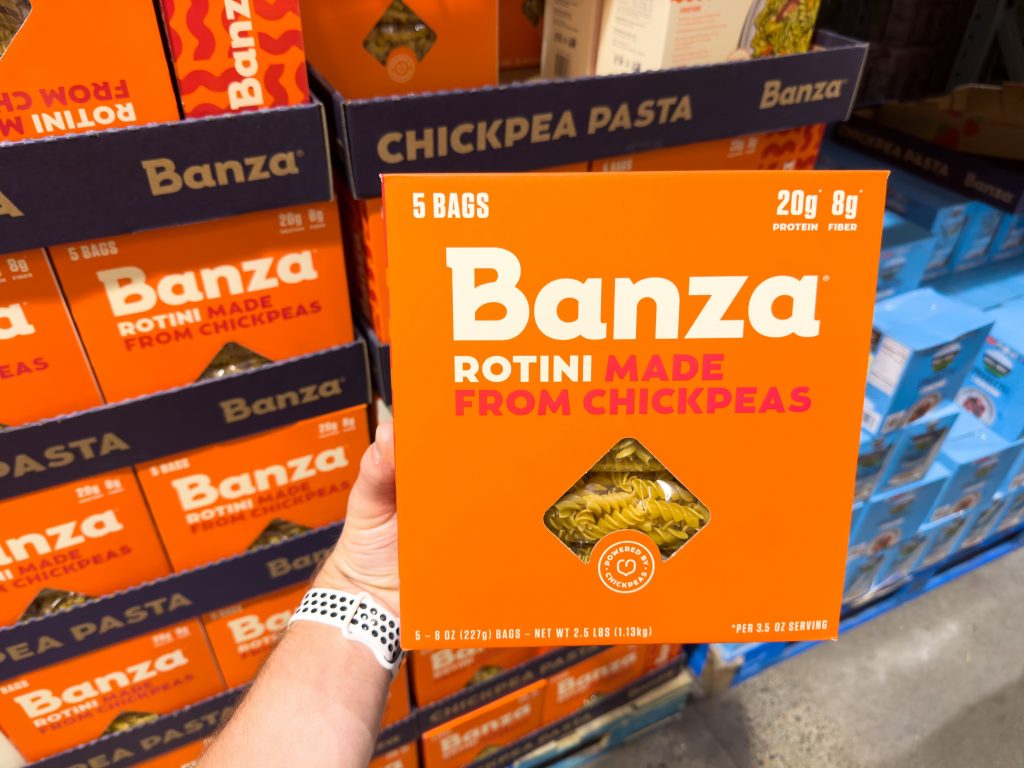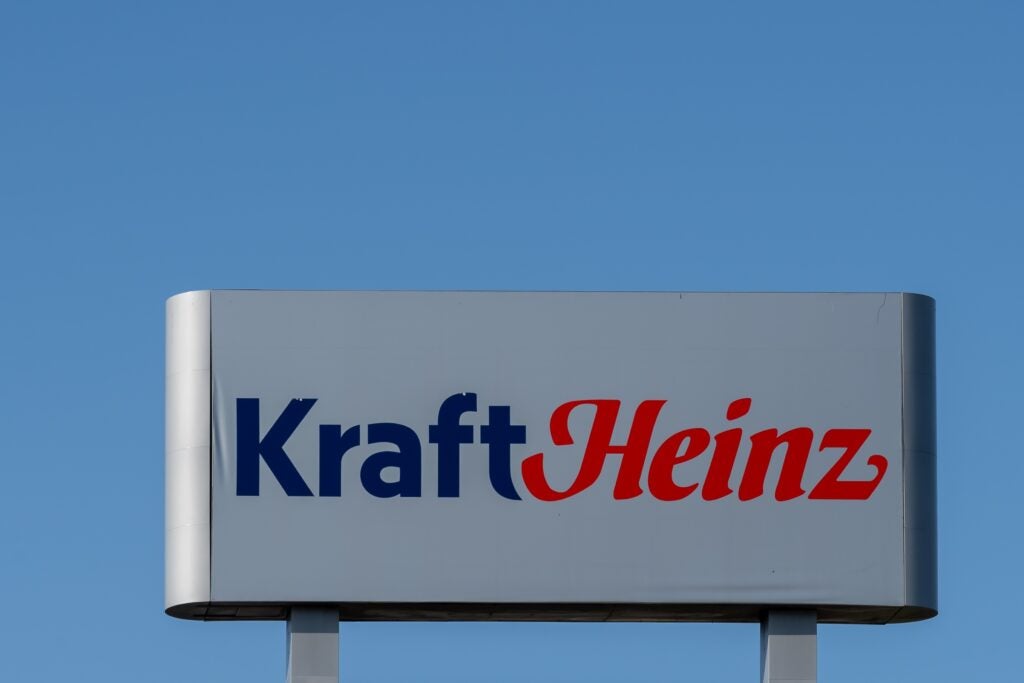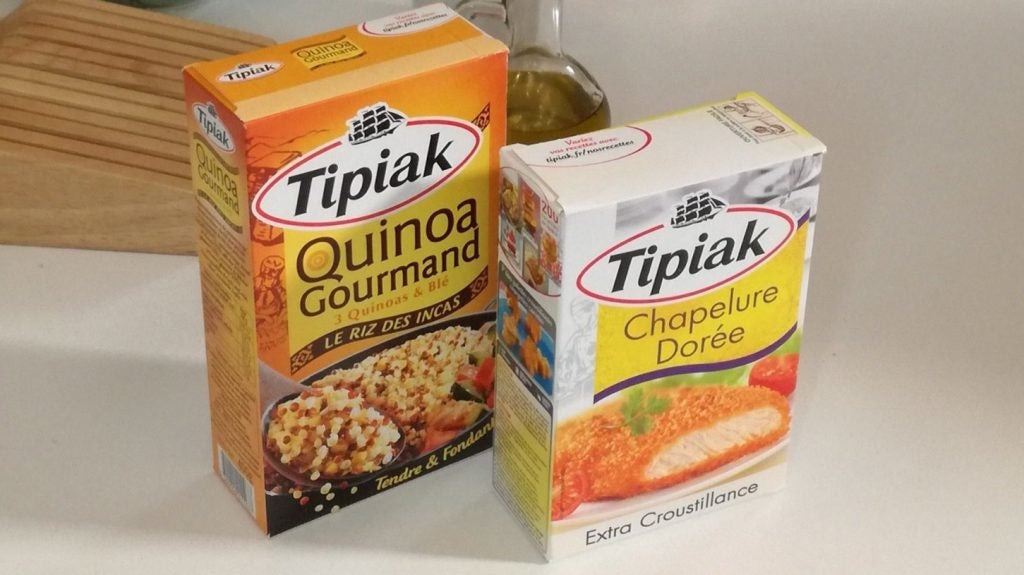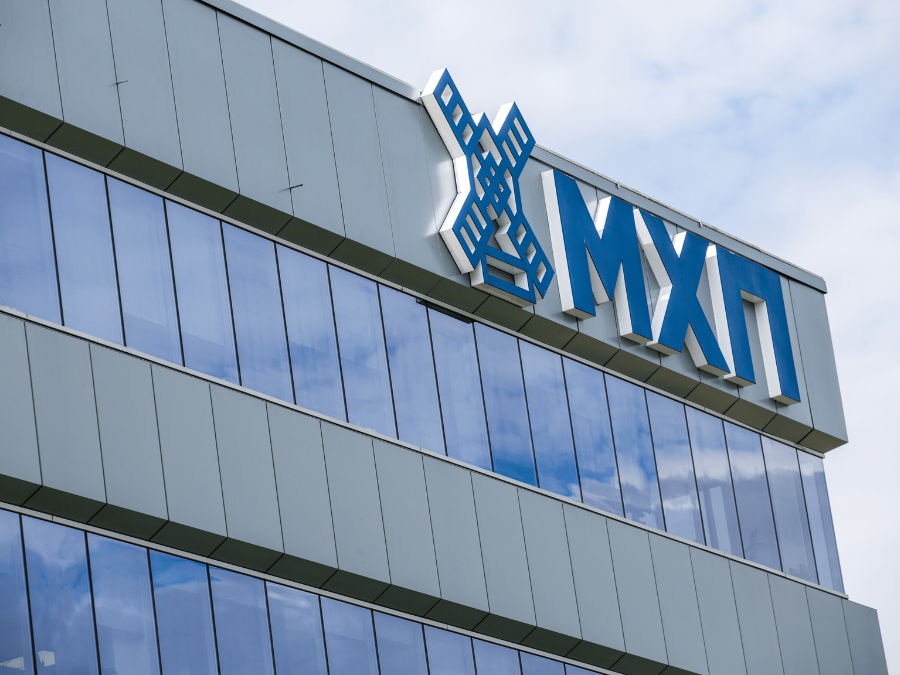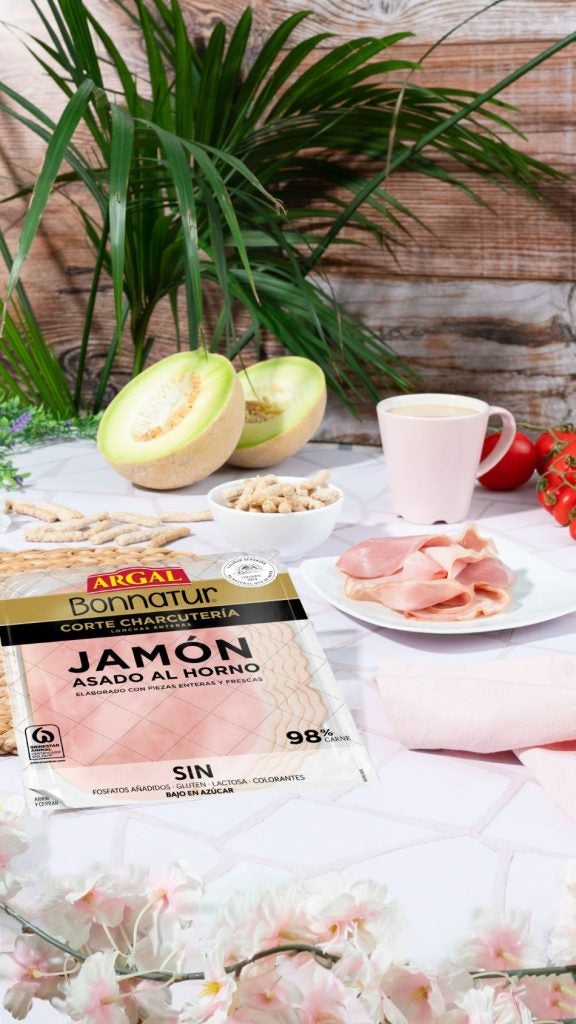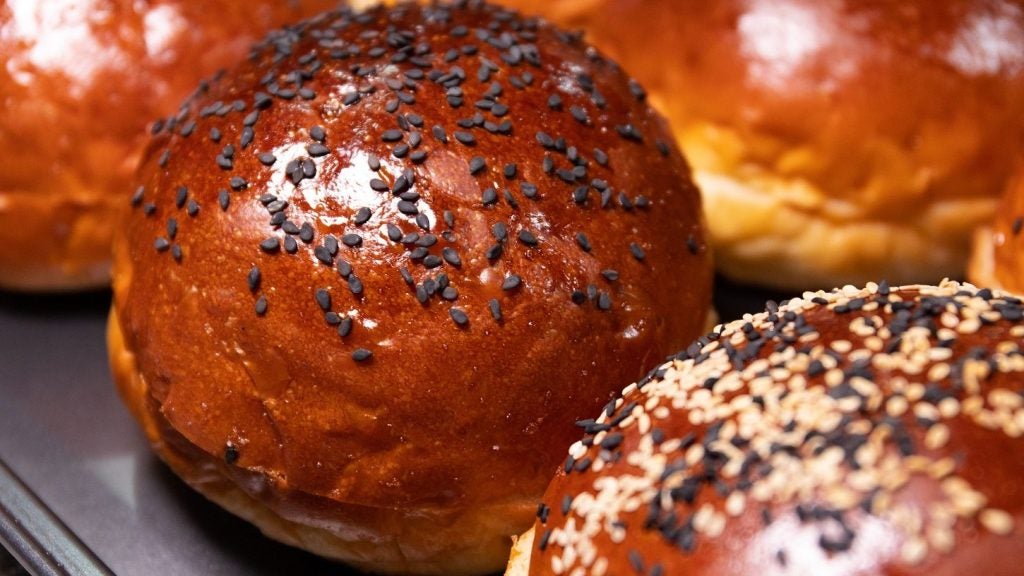After years of monotony, dry pasta is now one of the most dynamic food categories in the US.
Around 96% of US households consume pasta, with dry pasta favoured by the overwhelming majority of the country’s population.
The growth in eating more meals at home during Covid-19 and which has been maintained since the worst of the pandemic has supported the demand for dry pasta.
Demand had stagnated pre-Covid but bounced back during the pandemic as consumers looked for convenient, comforting and versatile dishes to cook at home Sales were basically flat from 2016 to 2019 after declining slightly in 2015-2016.
Pasta sales have eased a bit from their record pandemic highs but sales growth today remains around 11% higher than it was between 2016 and 2019.
Those years also were a time when the US dry pasta category was static, with very little if any innovation and change. It was essentially pasta defined by its main ingredient, flour, with the only real point of differentiation between brands being on quality/price. Few brands even had whole grain/whole wheat pasta varieties and few stores stocked those brands that did exist.
These years were also a time when pasta came under fire as a bad-for-you high-carb, gluten-loaded food. Since there were few alternatives available, many consumers, such as those with gluten sensitivity and body weight issues, stopped buying pasta at all.
Innovation began in earnest in 2019 and was dramatically accelerated by the pandemic. New product development has continued, fuelled in part by consumer concerns over the cost of living. Consumers are eating at home more (and eating out less) and pasta is an affordable and filling choice.
Alternative ingredients
The most significant development in the US dry pasta category is the creation of branded products using ingredients that have never been used to make pasta. The definition of pasta is being redefined by the use of alternative (to wheat) ingredients like brown rice, ancient grains, lentils and chickpeas, as well as even fruits like bananas and spaghetti squash.
Traditional flour-based pasta remains the dominant seller in the category but these alternative pasta brands from the likes of Barilla (lentils), Banza (chickpeas) and Andean Dream (ancient grains) are taking shelf space.
The main driving force behind these products, which were initially launched by insurgent early-stage brands and are now being followed by majors like Barilla (and even private label) is coeliac disease and the resultant move by many consumers to gluten-free diets. However, consumers not on gluten-free diets are buying alternative pastas for general health and even for reasons of taste reasons. It’s a sea change in the category.
Pasta no longer is bound by flour. Instead a myriad of ingredients – and there will be new recipes to come – are redefining what pasta is and therefore changing the face of what not long ago was an afterthought to most analysts and grocery retailers.
Premiumisation
Another major trend helping to redefine the US dry pasta category is the proliferation of super-premium brands, many of which are imported from Italy, into mainstream chain grocery stores. Brands like Dececco have been around in the US for decades but were primarily stocked in specialty markets and specialty food-oriented grocery chains.
That’s no longer the case. Dececco is stocked in mainstream outlets like Kroger and Walmart, while various brands like Rummo, La Molisana, Seggino and Frankies 457 (all imported from Italy and impossible to get slotted on mainstream shelves just a few years ago) are finding a home even in chains like Albertsons-owned Safeway.
These brands range from a low of $3.99 to a high of $8.99 for a 16oz box and are selling well in many market regions. Barilla has recently launched a super-premium version of its traditional pasta in the blue box called Barilla Al Bronzo. It sells for $3.99 to $4.99 depending on the region of the country and the retail chain.
Food inflation and the resultant price increases haven’t seemed to significantly hurt sales of these premium brands, in part because manufacturers are doing frequent discount promotions, knocking $1 or more per unit off the everyday price.
Enriched and fortified
Enriched and fortified – high-protein is the most ubiquitous attribute I’ve spotted – is a newer emerging but still important trend in the dry pasta category. Established brands like Barilla with its Barilla Protein + Pasta and upstarts like Goodles with its nutrient-packed (21 different nutrients from plants) Loopy-Loos Pasta are leading the charge.
This segment is one to watch. Protein and fibre are dietary hot buttons. More brands will be launching enriched and fortified pastas, adding to the new face of the dry pasta category.
Ultra-convenient pasta
Dry pasta is one of the most convenient products to make. Boil some water and cook, then add a sauce of your choice. But apparently it’s not convenient enough for the time-pressed segment of consumers.
Enter the latest trend, which I call ultra-convenient pasta. This is dry packaged pasta that includes everything – pasta, water, olive oil, salt – needed to make it. Consumers just toss it in the microwave oven for 60 seconds and boom, the pasta is ready to eat. You can eat it as it is or add a favorite sauce or topping. No need to boil your own water. Barilla is leading the charge in this new segment with its Barilla Ready Pasta. The pasta is pre-cooked, hence the 60-second microwave time.
This is a key segment to watch because, if it’s successful, it will prove there’s a market for ultra-convenient alternatives to what already is a very convenient food product. There might be no limit to some consumers’ appetite for convenience.
Private label
Traditionally in the US, private label lagged behind emerging and even legacy brands when it came to launching products completely new to a category. This isn’t the case with alternative pastas.
Numerous retailers, including Kroger, Albertsons and Trader Joe’s, have already launched alternative ingredient pastas like red lentil, brown rice and black bean. They are innovating right along with the manufacturer brands. Whole Foods Market, for example, has launched numerous alternative varieties including a veggie pasta that at the time of launch was one of only a handful of similar products.
The fact retailers are behind alternative pastas with their own brands is a positive for the segment because it means they recognise the shelf-worthiness of the alternatives and will continue to make room for national brands as well as their own.


